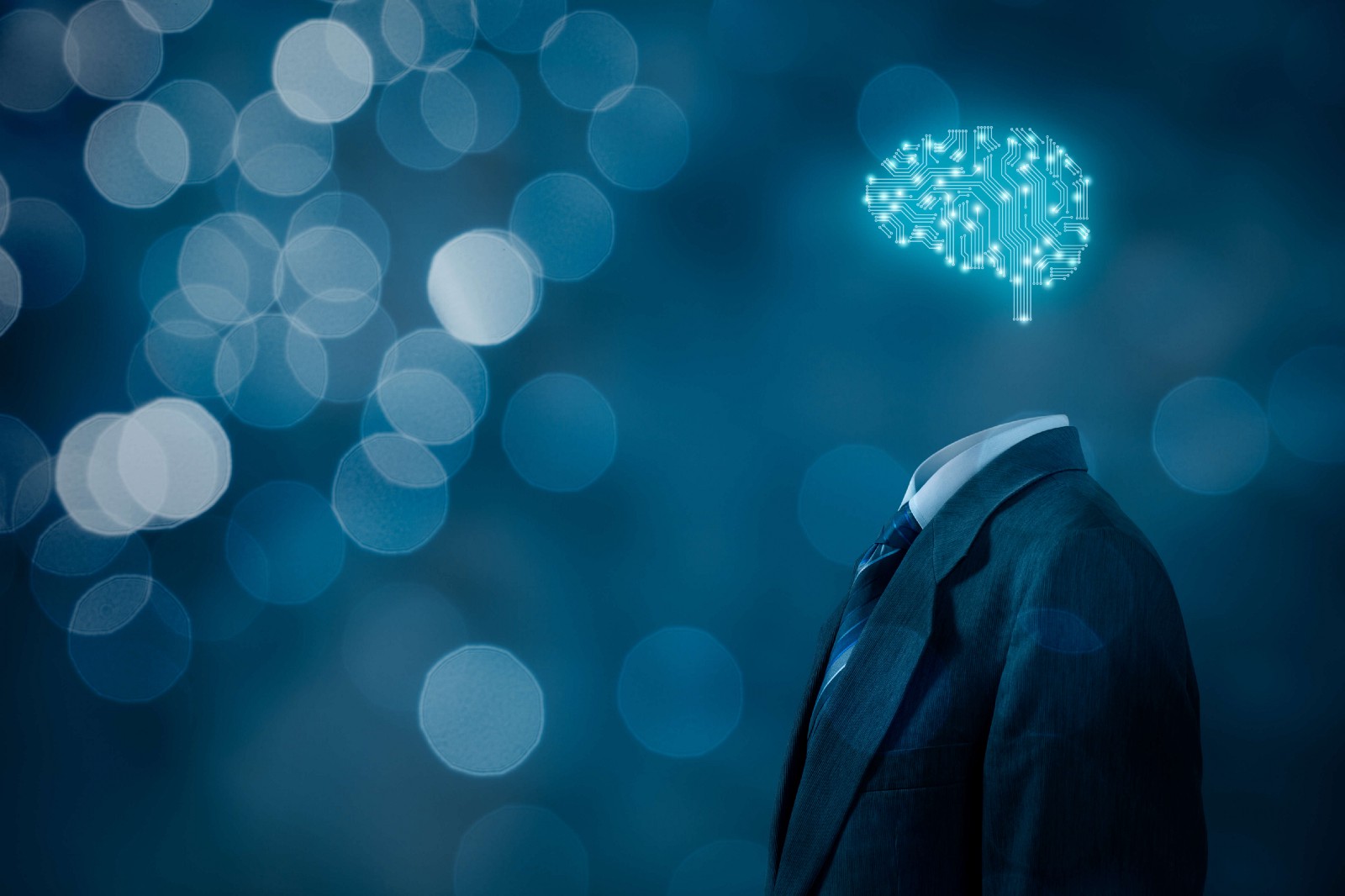AI can impel and hasten the innovation of new learning and the production of advanced technologies. The rapid growth of artificial intelligence has resulted in its integration in various fields.
Now artificial intelligence has paved its roots in different areas such as business, financial services, Tech cooperation, and even education.
The dynamic and digital nature of AI proposes several chances to the learner for various engagements which they can’t acquire in any closed environment or by any fixed document.
It won’t be wrong to say that artificial intelligence is evolving as smart learning. Now artificial intelligence is not a product of any science fiction. The rise of intelligent machines is gradually increasing to become a prominent industry. It is supported by the presence of robust technology, the rise of big data, and most importantly, the required human knowledge, skills, and experience.
AI is capable of analyzing the massive amount of data and automatically make available new content. It also produces some particular learning parameters which help meet learners, needs for continual, practice and tremendous response. Furthermore, it allows educators to understand student’s performance in a better way. By doing so they can plan out some more effective learning plans.
It is indeed factual that appliances, automobiles, devices, machines, and software over time are becoming capable of doing things more smartly. They all have evolved and is growing smarter and smarter.
To shed further light on this topic, we have combined five examples/ ways which shows that AI is evolving as intelligent learning. Let’s have a look:
Examples of Artificial Intelligence as Smart Learning:
The following examples prove that artificial intelligence is evolving as smart learning:
Smart Learning Content:
Artificial intelligence can create digital content with the same level of grammatical proficiency as their human twins. The creation of intellectual learning content from different digitized standards of textbooks to customizable learning digital interfaces is made known at all levels. This means that from elementary to secondary then to post-secondary and then to business environments.
Another way to use this technique in cooperates is when AI contracts the content in burdening troubleshooting guides into something fit for human consumption study guide with some troubleshooting flashcards, summary steps, and smart recreations.
Moreover, it can also be useful in designing a digital curriculum and content across a wide range of tools such as audio, video, and online supporter.
2. Smart Training System:
Undoubtedly, Artificial Intelligence can do more than just summarizing lectures into audio, video guides, and flashcards. AI can train a student by the difficulties they are facing. It includes somewhat a thing known as Mastery Learning.
It is a set of rules and values which are associated with the work of an Educational Psychologist ‘’Benjamin Bloom’’. These set of principles encourages the effectiveness of personalized coaching and tutoring within the teaching space.
There are now intelligent training systems which use data from specific students so they can give feedback and can directly work with them. For example, a smart training system known as Sherlock is used to educate the Air force technicians to detect various electrical problems in the flying machine.
Another example where AI evolved as a smart training system is an avatar-based tutoring unit. It trains the military personnel who is being sent to an outside post. The University of Southern California developed the training system.
Although this practice is in its initial stages, it will soon definitely be able to work as a completely digital platform. It will help the students within their educational requirements in any area. Moreover, it will also be capable of adapting great learning patterns to help every student and trainer.
3. Cybernetic Helpers and Learning Atmospheres:
Within the AI world, a tutor will be substituted by a robot. However, this won’t happen completely. But there are cybernetic helpers which can think and can act like normal human beings.
You would be thinking how can cybernetic helper act and think of humans? Well, this all because of a recent technology this is known as Gesture Recognition Technology or Touchless Technology. This technique provides the cybernetic facilitators the skills to respond and act like human beings in both verbal and nonverbal cues.
The smart learning atmospheres and different platforms use AI, 3D designs, along with computer animation to produce some lifelike virtual characters and social connections. However, this creativity involves more than virtual helpers as Augmented Reality will soon become part of this training.
4. Trainers and AI association:
Artificial intelligence has been useful in education mainly in some tools which help to develop skills and testing systems. The AI educational way out carrying on the hope that AI can surely help the gaps which need to be filled in teaching and learning. Moreover, it also allows schools and trainers to do better than before.
AI initiates efficiency, individualization, and streamline admin tasks which allows the trainers to provide adaptability and understanding.
5. Content Analytics:
It mainly refers to AI machine learning platforms which enhances and improves knowledge modules.
Content Analytics allows the trainers and content generators to not only produce and manage eLearning contents but also acquire essential insights into trainee’s progress. Also, later understand it with a strong set of analytics.
Conclusion:
To sum up all, it is valid to say that AI has evolved as smart learning. In future time it will improve further. It is an obvious fear that human trainers might get substitute by AI technologies.
The advancement of AI in education and teaching shows that there is a sign to support the idea both the smart systems along with human requires to manage various aspects of trainee’s social competencies and academics too.

viagra prices viagra for sale viagra coupon